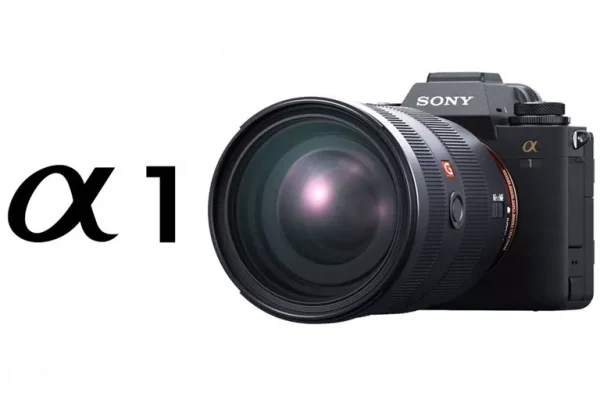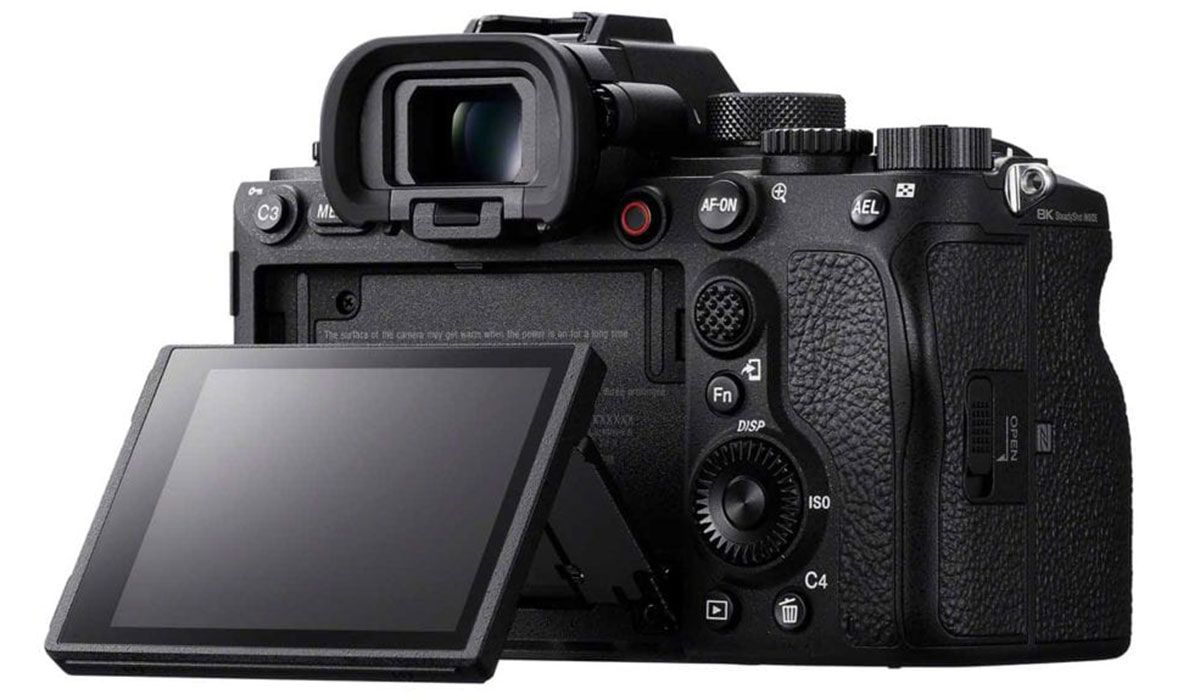Get to know Sony a1, Sony’s full-frame flagship better

Alpha 1 is Sony’s new flagship product. The company claims that its camera delivers the best results when shooting sports, news, portraits, landscape and commercial photography. Sony says it has achieved a certain combination of resolution and speed to do this, which previously seemed incompatible.
In the dpreview report , Sony product experts from the United States and Japan were interviewed about the a1 to learn about the salient features of this attractive camera.
New 50-megapixel sensor
Not surprisingly, the heart of the camera and its capabilities is the new 50-megapixel sensor. The sensor in this section is a stacked CMOS, which was also used in the a9 / a9 II. Sony says that in addition to the built-in DRAM built into the back of the sensor to cope with all the output data, the new sensor has a 50-megapixel fast processing circuit with a new analog-to-digital method between LEDs and DRAM . Unfortunately, Sony has not yet provided more information about this “confidential technology”.
Perhaps the most prominent feature of the a1 is the ability to read the sensor quickly in less than 1,200 seconds. Despite having 1.44 times more rows for reading and twice the number of pixels, the speed of this camera is 1.5 times faster than the a9.

Shot at impressive speeds
One of the main features of the a1 is that the camera can capture images at a maximum speed of 30 frames per second with a maximum resolution of 50 megapixels. According to Sony, the a1 uses full 14-bit playback to do just that, and such settings can only be used in RAW format. Also, the mechanical shutter of this camera offers a speed of 10 frames per second.
If you want to capture images at 30 frames per second; But you do not necessarily need valuable 50-megapixel data, this camera also offers 21-megapixel mode, which creates images in full JPEG or HEIF format. This resolution is the same resolution that Sony’s new camera offers in APS-C crop mode. Also, it should be noted that HEIF images can be recorded in different color modes.
Lossless Raw compression option
The Alpha 1 is Sony’s first camera to offer Lossless Raw compression. As the name implies, this format can provide Raw files in a smaller size and with all the potential to edit the sensor output potential.
Depending on the type of content, this option provides users with files that are 20 to 50 percent smaller than uncompressed samples. Using Lossless Raw compression can allow you to capture more images with your camera.
The manufacturer did not comment on the possibility of extending the technology to older cameras using older processors, saying only: “We can not comment on future developments; “But we are listening to our customers.”
Arrows
- Sony is likely to introduce a new Alpha Series camera today
- Sony Alpha 1 introduced + technical specifications
Sony has successfully reduced the Rolling Shutter effect on some images by up to 1.5 times. Roller shutter is a state that is caused by the movement of the shutter curtains from top to bottom, and as a result, moving subjects become curved. Improving this section also affects the setting of the flash sink up to 1/200 second in the electronic shutter. Even if this feature does not work, the camera’s mechanical shutter can be synced for up to 1,400 seconds or 1,500 seconds in Super 35 mode . This capability is made possible by a new shutter mechanism that uses the engine and spring to accelerate the reverse motion.
Autofocus
Sony has promised to take the a1 features of subject recognition and tracking to another level; Of course, these features still work on the powerful a9 II. The sensor of this camera is BIONZ XR and it can even detect birds’ eyes and 120 processing per second. This subject recognition system uses a machine learning algorithm to improve its performance. Note that the aforementioned autofocus mode is only applicable in shooting mode.
In addition, faster reading and increased processing power means faster and more frequent implementation of all these features. The a1 can do 120 calculations of AE and AF per second, which is twice as much as the a9 II . Sony says improvements in noise reduction technology will allow the A1 to get more usable AF information from the sensor.
Viewpoint
The a1 uses the same 9.44mm OLED viewfinder we first saw in the a7S III. The viewfinder of this camera offers a resolution of up to 2048 by 1536 pixels. Two different modes are also considered for this viewfinder; “Fullscreen”, which offers a magnification of 0.9x (41-degree viewing angle), and “Zoom Out,” which features two black bars at the top and bottom of the display.
Sony’s new camera also offers Frame Rate Low Limit mode, which maintains the viewfinder response even when shooting at low shutter speeds. If this feature is enabled, the viewfinder will continue to operate at 60 frames per second, even if you select a shutter speed of less than 1.60 seconds.






